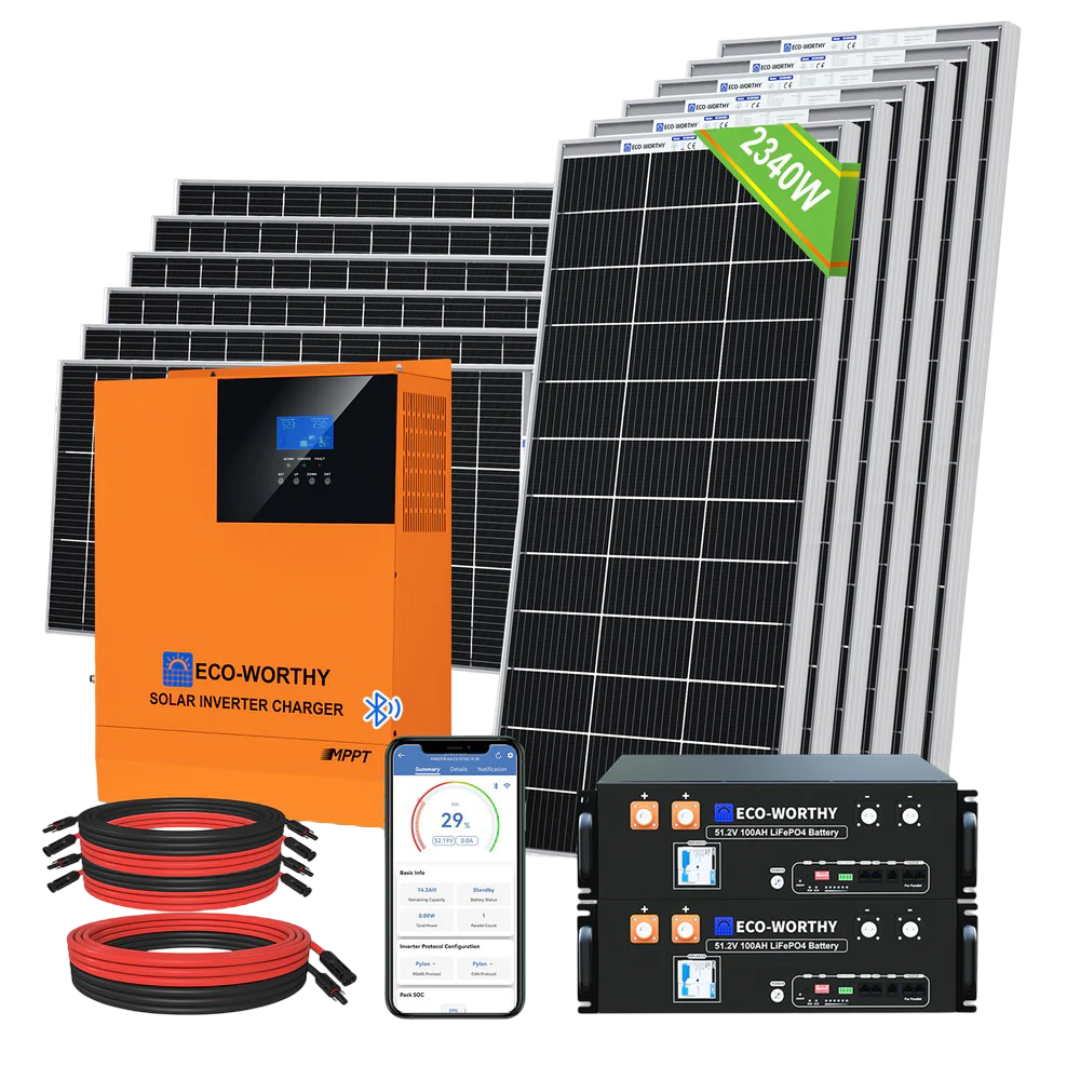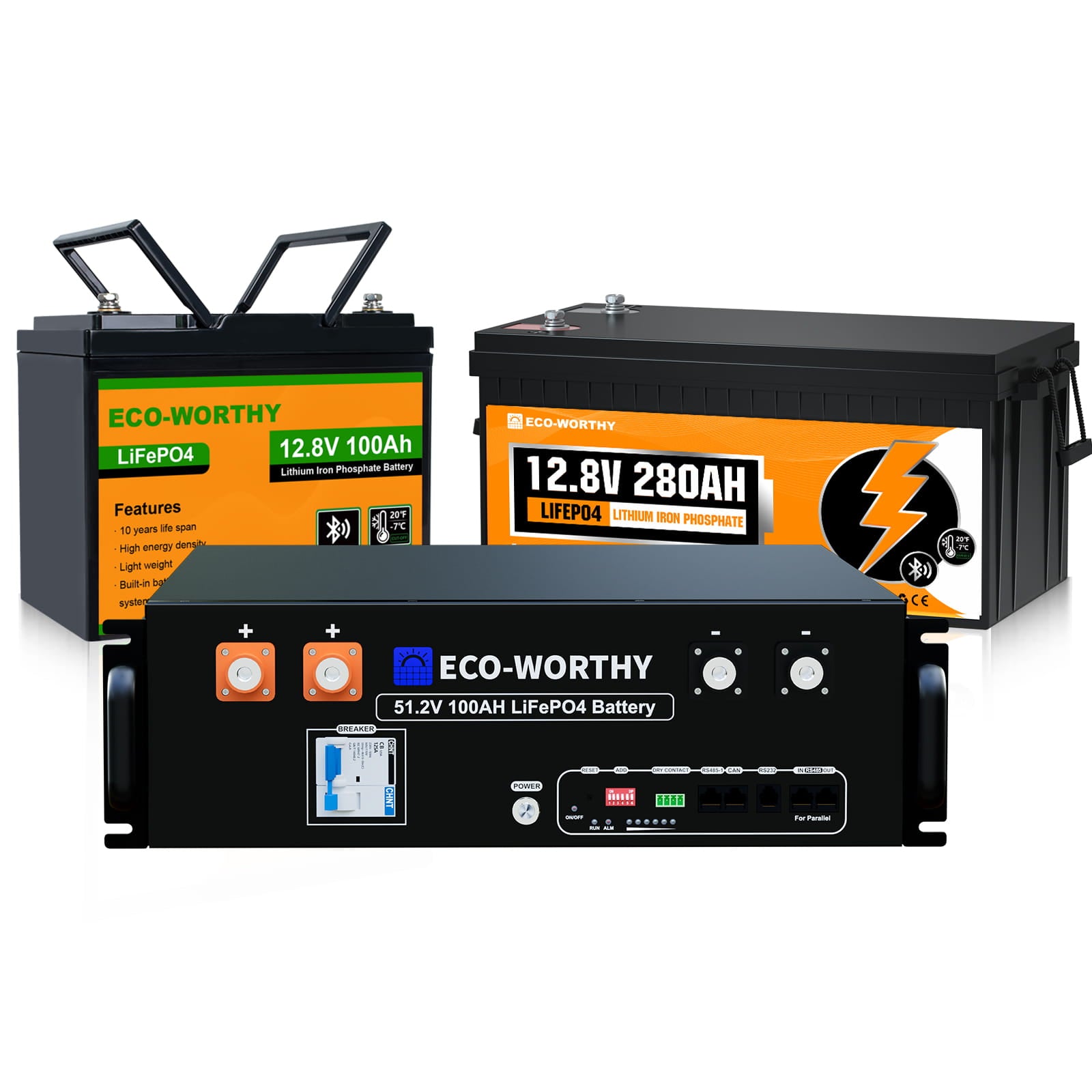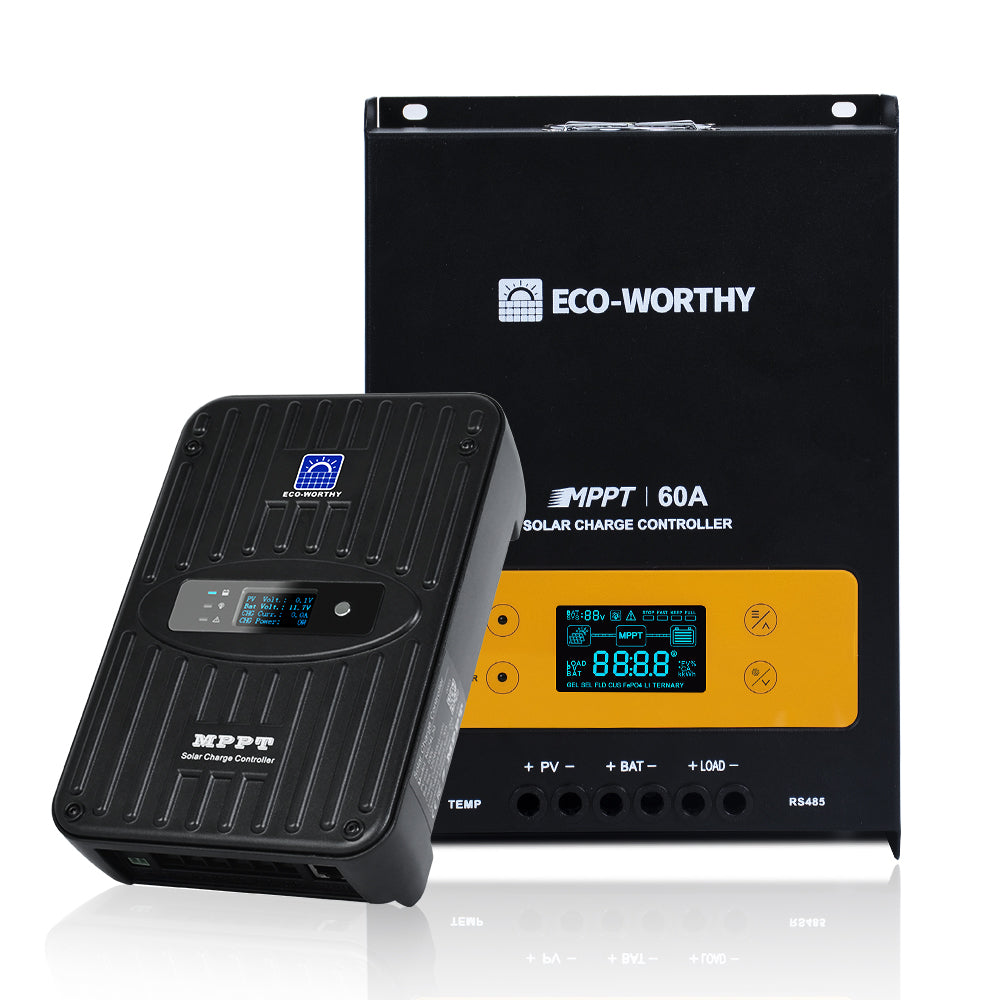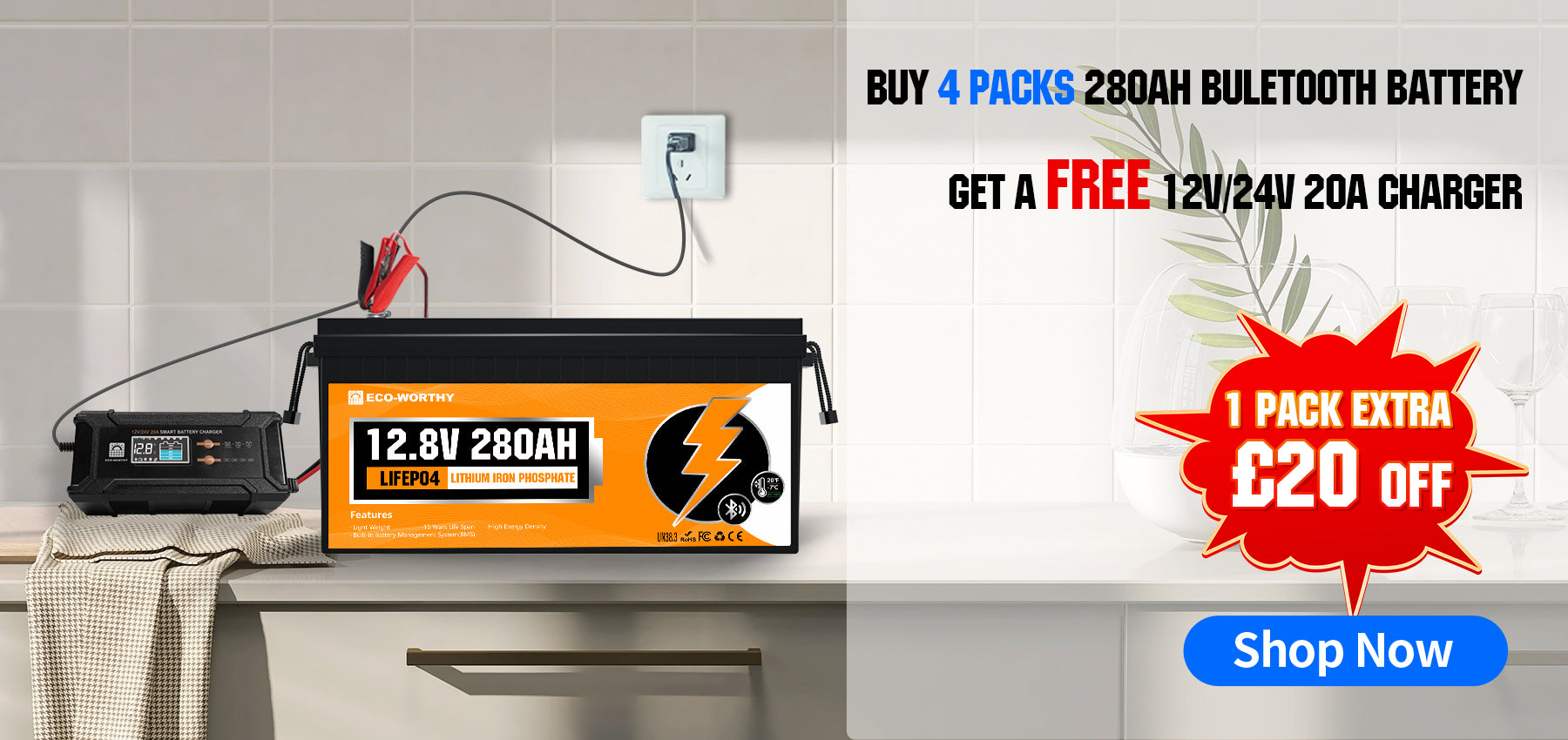You rely on lithium batteries every day, often without a second thought. These compact powerhouses drive your smartphone, laptop, and even electric vehicles, silently revolutionizing our technology and green energy landscape. Yet, how much do you really know about the intricate world beneath those sleek casings? Understanding the language of lithium batteries isn't just for tech enthusiasts-it's a valuable skill for anyone who uses modern devices. This knowledge can help you extend the life of your gadgets, make smarter purchases, and even contribute to a more sustainable future.
Basic Lithium Battery Terminology
Understanding lithium batteries begins with grasping their fundamental components and characteristics.
Cells: The Elemental Unit
A cell is the basic building block of a lithium battery. It contains a positive electrode (cathode), a negative electrode (anode), and an electrolyte. These components work together to store and release electrical energy through chemical reactions.
Multiple cells can be combined to create larger battery packs. A smartphone might use a single cell, while an electric vehicle requires many cells working together.
Capacity: Quantifying Energy
Capacity, measured in ampere-hours (Ah), represents how much charge a battery can hold. A 3000mAh battery can theoretically provide 3000mA for one hour before depletion, though real-world usage varies due to factors like temperature and discharge rate.
Capacity helps determine how long a device will run between charges and is crucial when comparing batteries for portable electronics or electric vehicles.
Voltage: The Driving Force
Voltage, measured in volts (V), is the force that pushes electrons through a circuit, enabling devices to function. Different lithium battery types have distinct nominal voltages:
- Lithium-ion batteries typically operate at 3.6V or 3.7V per cell
- Lithium Iron Phosphate batteries have a lower nominal voltage of about 3.2V per cell
The total voltage of a battery pack depends on how its cells are arranged. Series connections increase voltage, while parallel connections increase capacity.
Lithium Family: Three Common Battery Types
Lithium batteries come in various forms, each with unique properties. Here are the three popular types:
1. Lithium-ion (Li-ion): The All-Rounder
You'll find these in most portable electronics like smartphones and laptops. Li-ion batteries pack a lot of energy into a small space and can be recharged many times. They're versatile, but need careful management to prevent overheating.
2. Lithium-polymer (LiPo): The Flexible Option
LiPo batteries use a polymer electrolyte instead of a liquid one. This allows them to be made very thin and light, and even in flexible shapes. They're often used in slim devices and wearables where space is at a premium.
3. Lithium Iron Phosphate (LiFePO4): The Safe Choice
Popular in electric vehicles and solar energy systems, LiFePO4 batteries prioritize safety and longevity. They're very stable and can last through many more charge cycles than other types. However, they tend to be bulkier than Li-ion batteries for the same amount of energy storage.
To understand the differences between these battery types in detail, read our comprehensive comparison: Comparing Lithium Battery Types: LiFePO4 vs. Li-Ion vs. Li-Poly.
Each type has its strengths, making it suitable for different uses. The best choice depends on what you need - whether it's a slim design, long life, or enhanced safety.
Battery Performance Metrics
When evaluating lithium batteries, three crucial metrics help us understand their capabilities.
Energy Density: Packing Power
Energy density refers to the amount of energy a battery can store relative to its weight or volume. It's a critical factor in determining how long a device can operate between charges.
There are two types of energy density:
- Gravimetric energy density: Energy stored per unit of mass (Wh/kg)
- Volumetric energy density: Energy stored per unit of volume (Wh/L)
Higher energy density means more power in a smaller package. This is why modern smartphones can run all day despite their slim profiles – they use batteries with high energy density.
Power Density: Unleashing Energy
While energy density tells us about storage capacity, power density reveals how quickly a battery can deliver that energy. It's measured in watts per kilogram (W/kg) or watts per liter (W/L).
Batteries with high power density can provide large amounts of energy rapidly. This characteristic is crucial for applications requiring quick bursts of power, such as power tools or electric vehicle acceleration.
C-Rate: The Speed of Charge and Discharge
The C-rate is a more technical metric that describes how fast a battery charges or discharges relative to its capacity. It's expressed as a number followed by "C".
Here's a quick breakdown:
- 1C means the battery will fully charge or discharge in one hour
- 2C is twice as fast, taking 30 minutes
- 5C is slower, taking two hours
A battery rated for higher C-rates can handle faster charging and discharging without damage. This is particularly important for applications like electric vehicles, where fast charging is desirable.
Battery Charging and Usage Terms
Batteries go through cycles of energy consumption and replenishment. These processes significantly impact a battery's performance and longevity. Three key concepts illuminate this ebb and flow of power.
Charge Cycle
A charge cycle happens when you use up all your battery's power and then fully recharge it. This can happen over time. For example, using half your phone's battery two days in a row before charging counts as one cycle. Knowing this helps you understand how long your battery might last.
Depth of Discharge (DoD)
DoD shows how much of your battery's power you've used. If you've used half the battery, that's 50% DoD. Using all of it is 100% DoD. It's often better for your battery if you don't use all its power before recharging.
State of Charge (SoC)
SoC is the opposite of DoD. It tells you how much power is left in your battery. When your phone says 70% battery, that's the SoC. This helps you know when to recharge. Some batteries work best when kept between 20% and 80% charged.
These ideas help you use your battery better and make it last longer. For a comprehensive guide on charging your lithium battery correctly, be sure to check out our article: How to Properly Charge My Lithium Battery?
Battery Safety Feature Terms
Modern batteries come with several built-in safety measures. These features help prevent accidents and protect both the device and its user.
Battery Management System (BMS)
A BMS is a smart system that monitors your battery. It controls charging, balances power in larger batteries, and can shut down if it detects a problem. This helps keep your device safe and working properly.
Thermal Runaway Protection
Thermal runaway happens when a battery overheats and can't cool down. This can cause the battery to swell, catch fire, or in extreme cases, explode. Modern batteries have safeguards to prevent this, but it's why you shouldn't leave devices in very hot places.
Venting Mechanism
Venting is a safety feature that releases gas if a battery overheats or builds up too much pressure. While it means the battery is damaged, venting helps prevent more dangerous failures like explosions.
These safety features work together to protect you and your devices. Always follow the manufacturer's guidelines for using and charging your batteries.
Battery Industry Standards
Lithium batteries must meet strict safety and performance standards before they can be sold. These standards ensure consistency and safety across the industry.
International Electrotechnical Commission (IEC) Standards
The IEC sets global standards for all electrical and electronic technologies. For batteries, these standards cover safety, performance, and testing methods. IEC standards help ensure batteries from different manufacturers work safely and consistently.
Underwriters Laboratories (UL) Certification
UL is a well-known safety certification organization. Their battery certifications involve rigorous testing for safety and performance. When you see a UL mark on a battery or device, it means the product has passed these strict tests.
Specific Absorption Rate (SAR) Requirements
SAR measures how much electromagnetic energy a body absorbs from a device. While not directly about batteries, SAR limits apply to devices containing lithium batteries, like smartphones. These limits help ensure devices are safe to use close to the body.
These standards and certifications help protect consumers and ensure the quality of battery-powered devices. When buying electronics, look for products that meet these recognized standards.
Power Up Your Battery Knowledge
We've uncovered a wealth of terms and concepts that shape our everyday technology. From the basic building blocks of cells and capacity to the nuances of charging cycles and safety features, this knowledge empowers you to make informed decisions about your devices. Understanding these terms not only helps you use your batteries more efficiently but also contributes to their longevity and safety. Whether you're a tech enthusiast or a casual user, this battery literacy equips you to navigate the ever-evolving landscape of portable power. Next time you pick up your smartphone or start your electric car, you'll have a deeper appreciation for the silent powerhouse that makes it all possible.

















